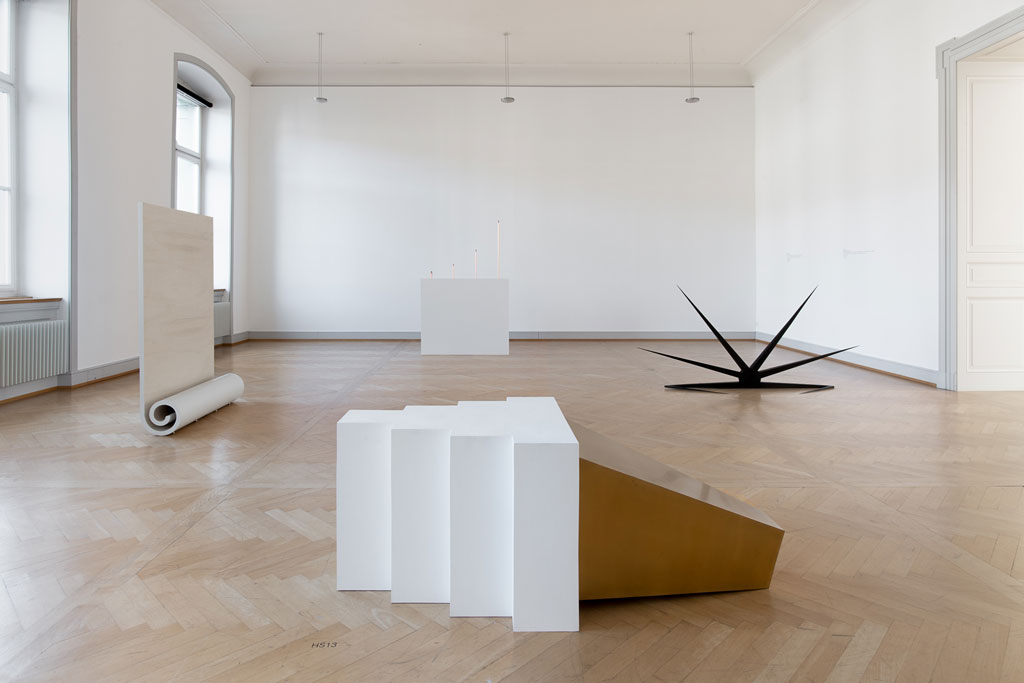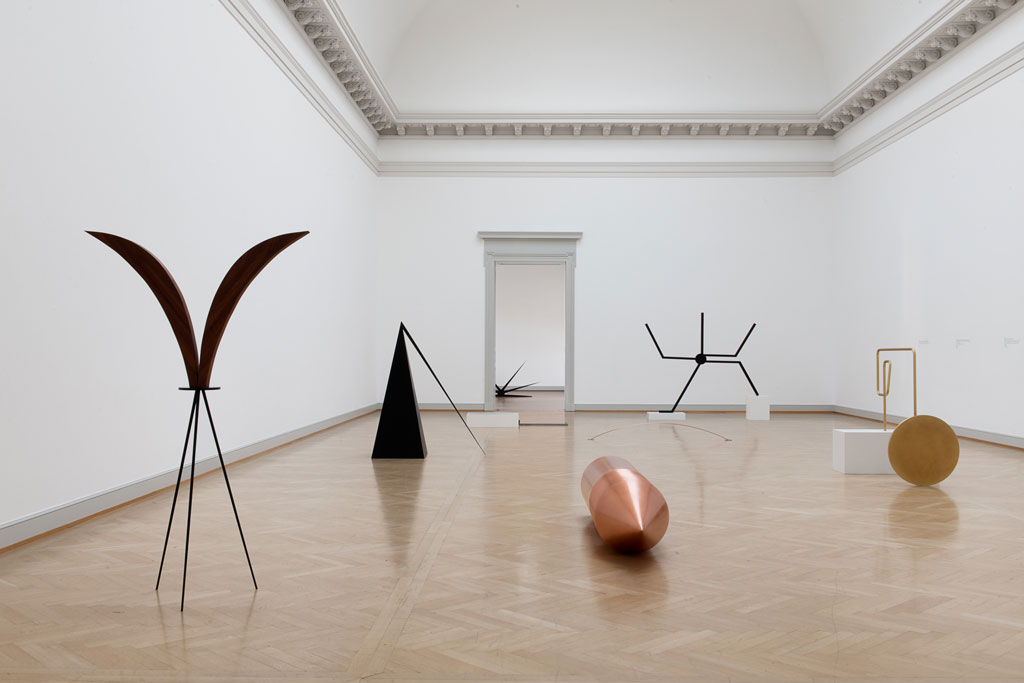ART-PRESENTATION: Iman Issa
![]() Iman Issa is both an artist and a writer, and her work is driven by her intense interest in history and her insistence on questioning the preconceptions that govern knowledge. She asks how we come to know a place, an object, or a piece of history; how memory intersects with understanding; and how imagination can help us to radically re-envision what we think we know.
Iman Issa is both an artist and a writer, and her work is driven by her intense interest in history and her insistence on questioning the preconceptions that govern knowledge. She asks how we come to know a place, an object, or a piece of history; how memory intersects with understanding; and how imagination can help us to radically re-envision what we think we know.
By Efi Michalarou
Photo: Kunstmuseum St.Gallen Archive
An exhibition with works by Iman Issa is on presentation at Kunstmuseum St.Gallen. Het sculptures and installations point to historical as well as current cultural heritages, for instance, monuments and their social and political character. Based on existing memorials, artifacts, and instruments, the artist develops formally abstract sculptures, some of which include references to texts, which deliberately create links to historical artworks, cultural goods, and events. They do this without revealing their social and geographic origin or cultural context without pointing to quotations and sources. Through formal reduction and abstraction, in her almost encyclopedically conceived spatial settings the artist focuses on the collective approach to art history, cultural history, and current events as well as the power of depiction. She translates historical and contemporary aspects into a new visual language with diverse levels of meaning. In the series “Lexicon” (2012– ), Issa remakes existing art works in totally new materials and forms, which she considers suited to the condition suggested by the titles of the original works. Seeking to inhabit the original artists’ conceptual drives and rationale for making the works, Issa attempts to re-create pieces according to her own sense of how the works might communicate to an audience just as successfully in a new form. When a piece from “Lexicon” is displayed, the viewer doesn’t get to see or know the author of the original; instead, Issa presents a museum-style descriptive label in the place of the source art work. For her series “Heritage Studies” (2015- ), Issa begins her process in encyclopedic museums, where she takes walks, gravitating toward ancient objects that strike her as resonant. She takes notes and makes sketches based on her observations, particularly noting the scope and nuance of the stories told by the museum in its joining of seemingly simple historic fragments with short pieces of interpretive text on their origin, date, location, and symbolism or ideological function. For Issa, these elements also tell a related story about how an individual object travels from its place of origin to end up a historical artifact, on display in a specific vitrine within a particular museum. What is generally understood as an activity of leisure and contemplation, an aimless stroll through a museum, is for Issa the origin of inspiration. She returns to her studio with her notes and sketches, and conceives a new object and text pairing that responds to and interprets what she has seen and read. The resulting work is a form of knowledge deconstruction, challenging the assumptions we make about the transparency of historical evidence. The “Heritage Studies” combine Issa’s sense of beguilement in the museum with designed and built forms, which she makes with the help of fabricators. In some ways these objects seem familiar: they are displayed in typical museum fashion, in vitrines or on white pedestals. However, the artist tends to incorporate elements that can trigger a sense of mystery. These can include motifs that recall religious practice, such as the crescent moon, which was adopted as a symbol of Islam during the Ottoman Empire. Cradled in a small white box, the symbolism of the crescent is displaced, hidden, safeguarded—or perhaps reinvented.
Info: Curator: Nadia Veronese, Kunstmuseum St.Gallen, Museumstrasse 32, St.Gallen, Duration: 21/12/19-26/4/20, Days & Hours: Tue & Thu-Sun 10:00-17:00, Wed 10:00-20:00, www.kunstmuseumsg.ch






